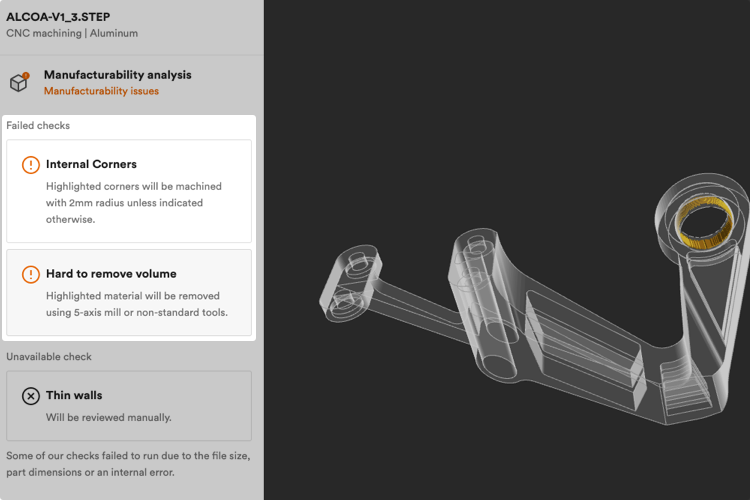Five Key Principles to Get Started With Design for Manufacturing
منبع: https://www.qualitydigest.com/inside/lean-article/five-key-principles-get-started-design-manufacturing-083023.html
In the future, DFM tools might offer more advanced features. It’s possible that they could identify features to be adjusted to reduce machining time and offer time-saving estimations. Additionally, DFM could recommend optimal machining processes for a particular design and even suggest design changes to make a switch from a 5-axis to a 3-axis CNC.
DFM eliminates guesswork from your processes and instead focuses on manufacturing simplicity right from the get-go. With this approach, designers and engineers work together to create, refine, and simplify components prior to production, leading to considerable time and cost savings.
Lean
Five Key Principles to Get Started With Design for Manufacturing
DFM reduces manufacturing complexity, leading to lower costs and higher quality
Manufacturing companies, including online platforms, are introducing detailed DFM software to help engineers. For instance, Hubs’ DFM tool highlights potential issues such as inconsistencies in wall thickness, sharp internal corners, and tricky-to-remove volume in CNC manufacturing. Similarly, it addresses mesh integrity and support-structure-related errors in 3D printing. Earlier this year, Protolabs rolled out its DFM tool that provides a detailed manufacturing analysis along with actionable recommendations to address the issues.
Our PROMISE: Quality Digest only displays static ads that never overlay or cover up content. They never get in your way. They are there for you to read, or not.
Once the manufacturing process is locked, the design phase is next. It involves accounting for factors like wall thickness, surface details, and transitions based on the selected manufacturing process. Simplicity is preferred in DFM because complex geometries can increase the risk of production failure and costs.
Material
As more manufacturing services build and improve their DFM tools, designers and manufacturing engineers will be encouraged to collaborate more effectively. Together, they can optimize production processes and achieve better results with the help of these tools.
Other factors that influence DFM include the availability of materials and components, design reusability, and aesthetics. The DFM process can help guide your decisions in these areas and yield benefits such as reduced costs, shorter lead times, and improved part quality.
Industrial regulations apply in many cases, depending on how the part will be used. As such, materials for food industry parts should be nonabsorbent and nontoxic, whereas aviation parts require lightweight yet durable materials.
Published: Wednesday, August 30, 2023 – 12:02
